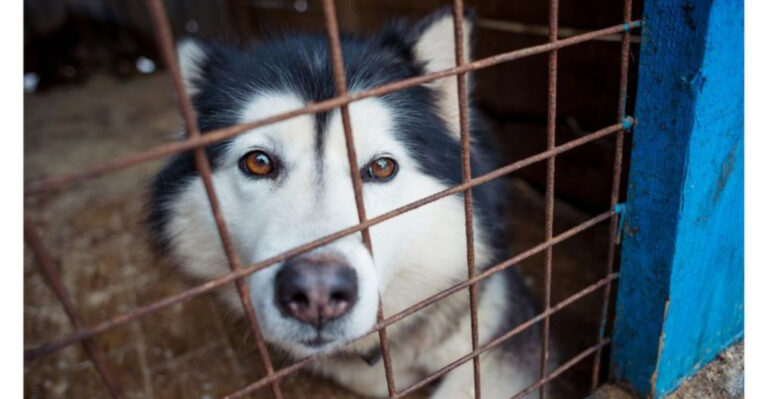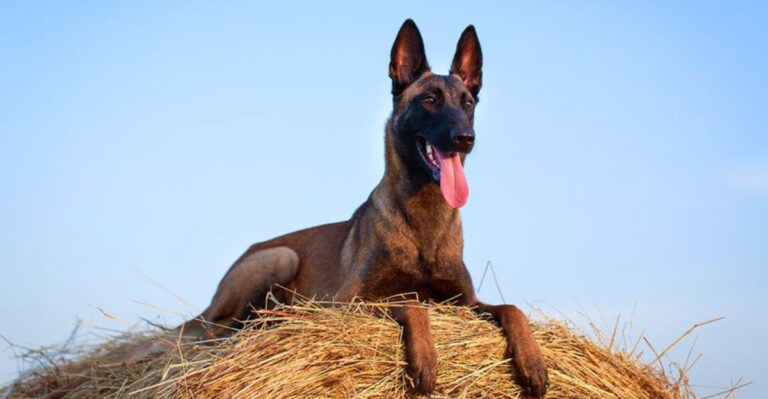Honest Pros And Cons Of Living With A Big Dog By Your Side

Owning a large dog breed comes with its own set of unique benefits and challenges.
These dogs often bring great joy and companionship but also require specific considerations regarding space, exercise, and care. Let’s explore the pros and cons to help you decide if a large breed dog is the right fit for your lifestyle.
1. Pro: Calm And Gentle Demeanor

Many large dog breeds are surprisingly calm, especially once they mature.
They tend to be more laid-back than their smaller, high-energy counterparts, making them ideal cuddle buddies or relaxed companions at home. Their steady temperament is often a perfect match for families and seniors alike.
2. Con: Medical Expenses Can Add Up
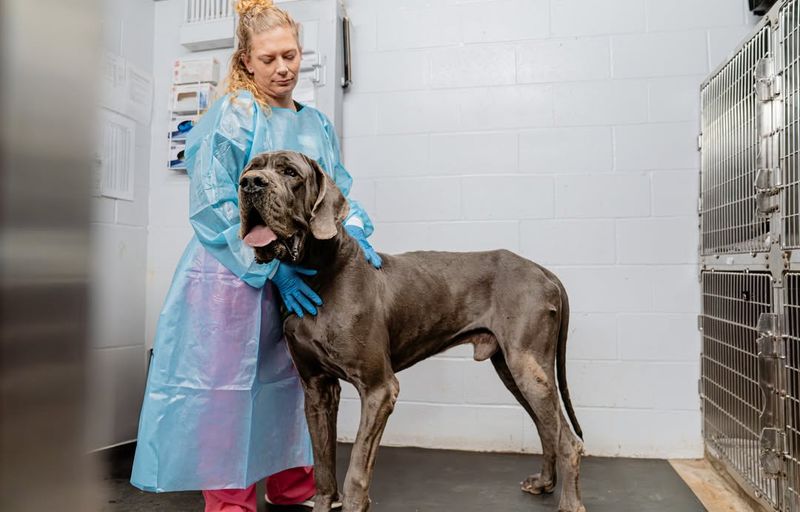
With larger bodies come bigger medical needs—and potentially bigger bills.
From joint issues to breed-specific conditions, vet care, medications, and surgeries for big dogs often cost more. It’s important to plan ahead and budget for both routine care and unexpected health needs.
3. Pro: Loyal Companionship
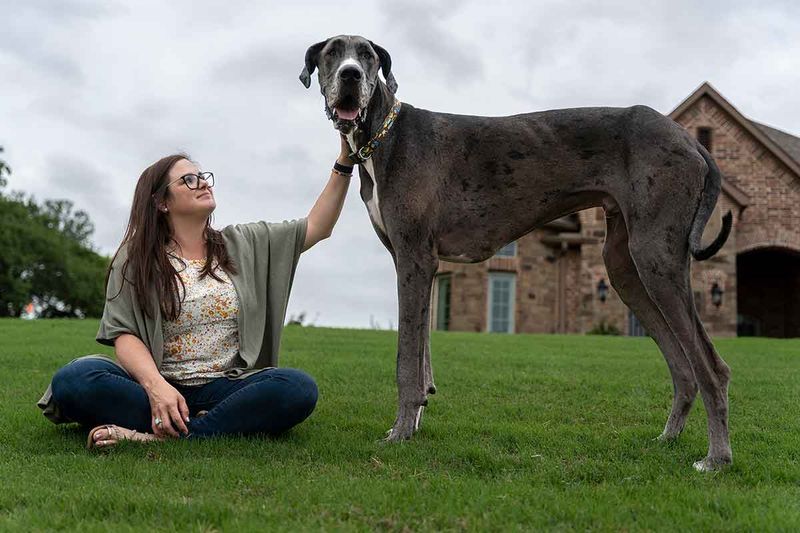
Big dogs are often deeply bonded to their humans, offering steadfast companionship and emotional support.
Their loyalty means they’ll stick by your side through every phase of life. Whether you’re relaxing on the couch or heading out for an adventure, they’ll be right there with you.
4. Con: Space Requirements
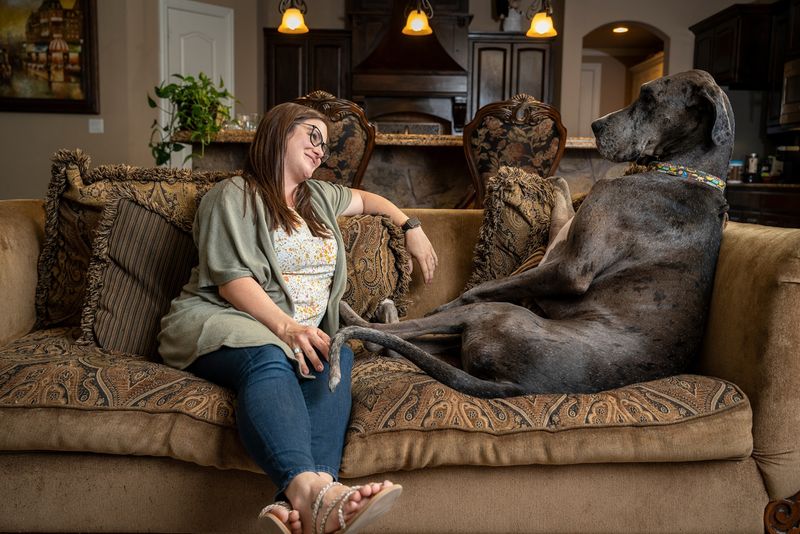
A large dog takes up a lot more room than you might think.
From sprawling out on the floor to needing extra space for crates, beds, and movement, small living quarters can feel even smaller. If you live in an apartment or have limited indoor space, it can be a challenge.
5. Pro: Great Exercise Partners

Big dogs tend to have lots of energy and endurance, making them fantastic workout companions. Whether it’s daily walks, hikes, or jogs, they’ll keep you motivated to stay active.
Sharing exercise time also deepens your bond and keeps both of you healthy.
6. Con: Higher Food Costs
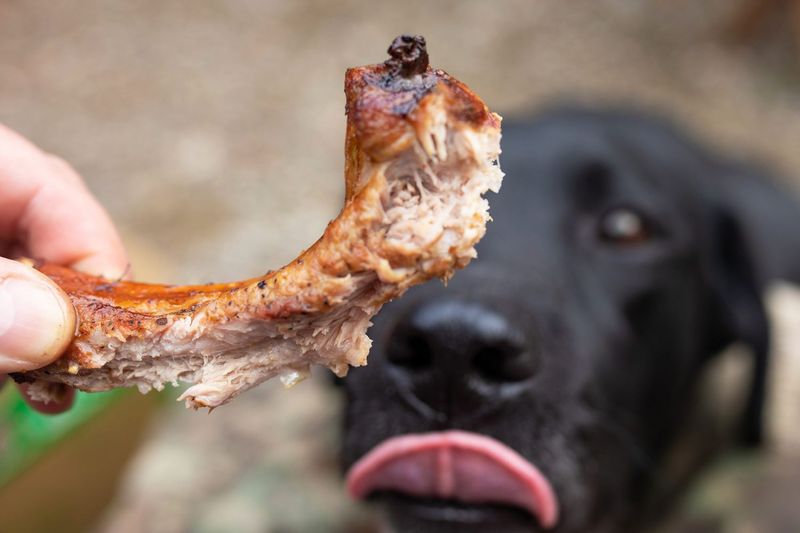
Feeding a big dog isn’t cheap. Their larger appetites mean more frequent food purchases, and high-quality diets can add up quickly.
If you’re budgeting for a dog, expect your grocery list to grow along with your pup.
7. Pro: Family-Friendly Nature
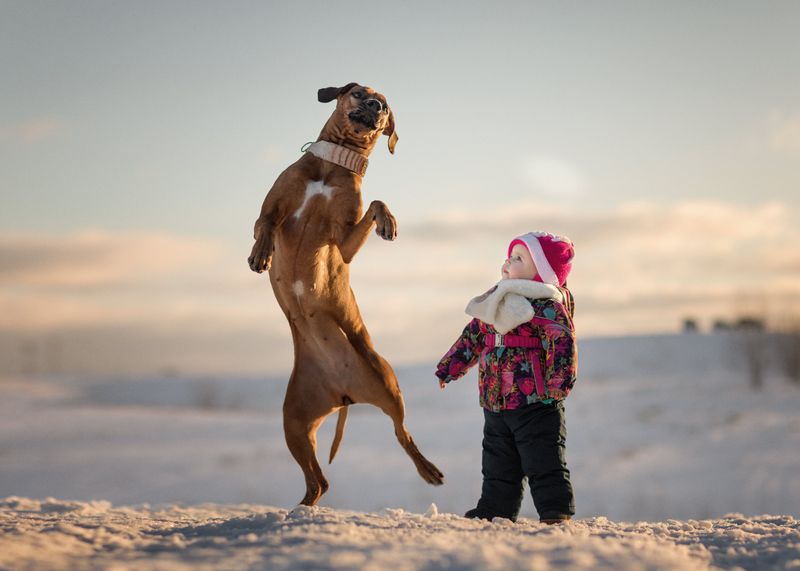
Many large breeds, like Golden Retrievers and Newfoundlands, are known for being incredibly patient and gentle with children.
Their calm presence can make them wonderful family dogs who offer comfort and protection. With the right socialization, they thrive in a bustling household.
8. Con: Grooming Challenges
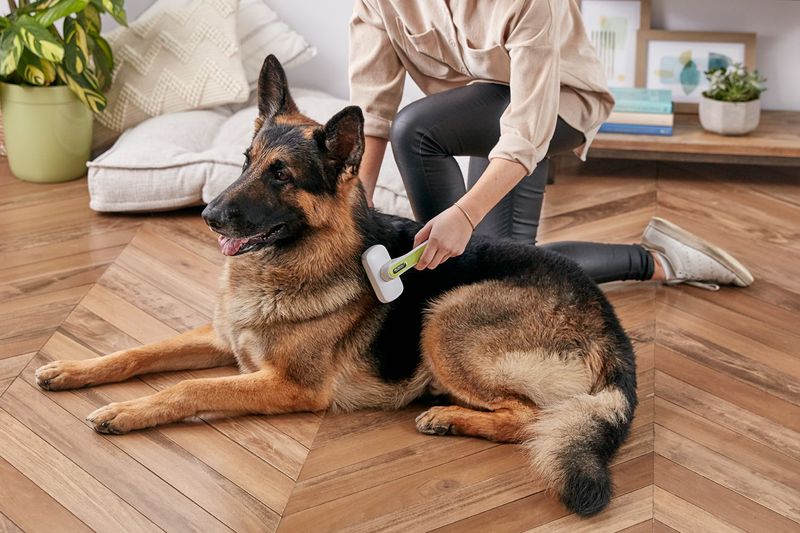
Bigger dogs usually mean more fur—and more upkeep.
Long-haired or double-coated breeds require regular brushing, and even short-haired giants can shed heavily. Grooming sessions can take longer and may cost more if you use a professional groomer.
9. Pro: Protective Instincts
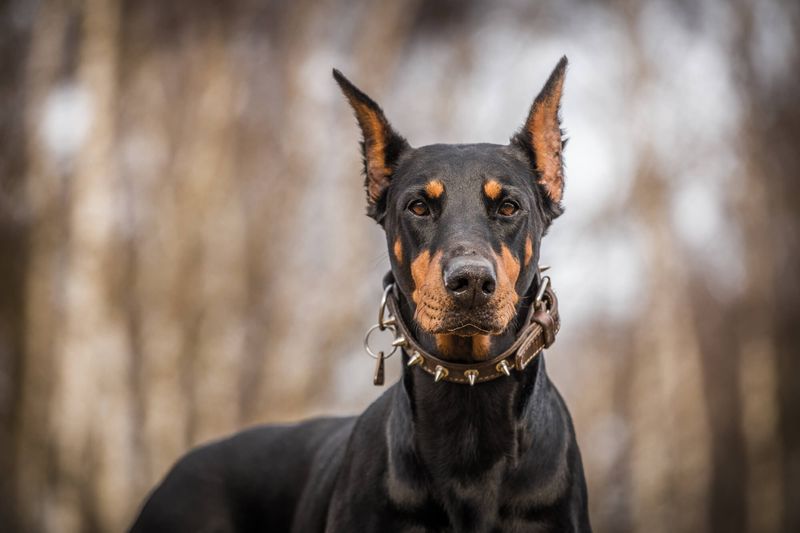
Big dogs often have a natural instinct to protect their home and family.
Their size alone is enough to deter intruders, but many are also alert and quick to respond if something seems off. It’s like having a built-in security system that also loves you unconditionally.
10. Con: Limited Lifespan
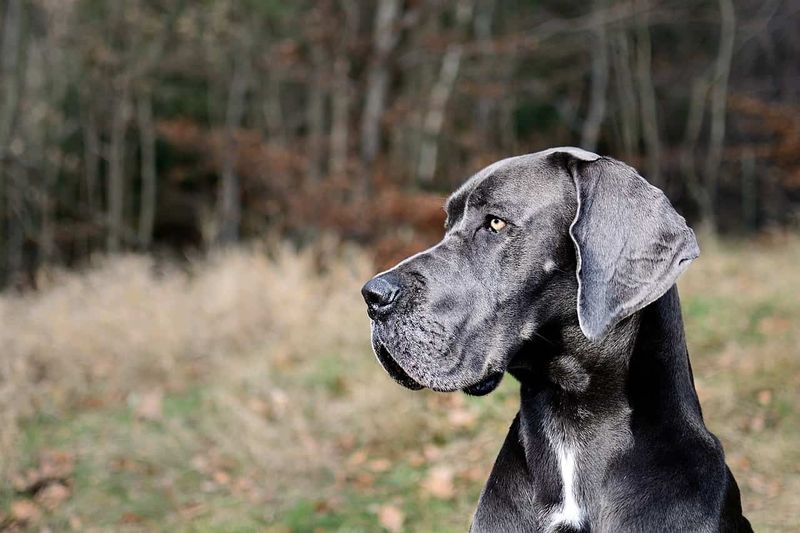
Sadly, many large breeds don’t live as long as their smaller counterparts.
While every year with them is filled with love, saying goodbye often comes too soon. It’s a tough reality for those who fall hard for these gentle giants.
11. Pro: Impressive Presence

There’s something undeniably majestic about walking a big dog.
Whether it’s their strength, stature, or the admiring looks they draw from strangers, they make an impression wherever they go. They often give their humans a sense of pride—and even a little extra confidence.
12. Con: Travel Limitations
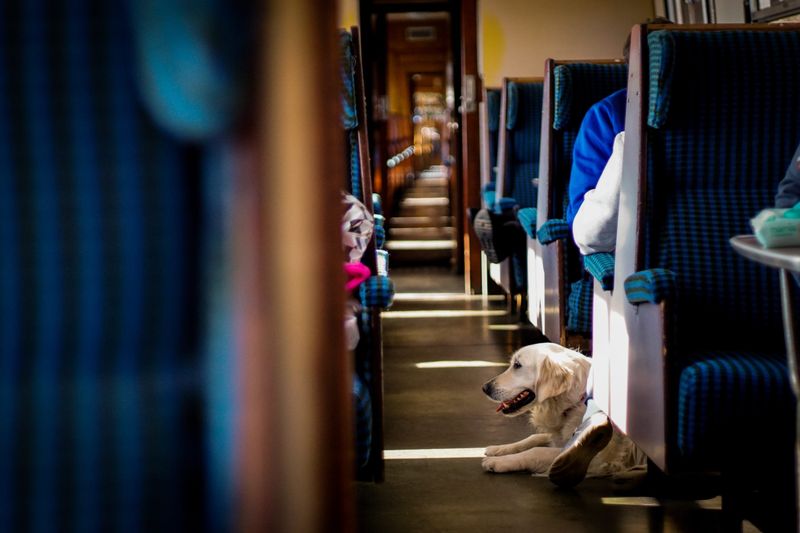
Traveling with a large dog can be logistically tricky.
They may not fit comfortably in smaller vehicles, hotel policies can be restrictive, and air travel often requires special accommodations. Even quick weekend getaways can take extra planning.




